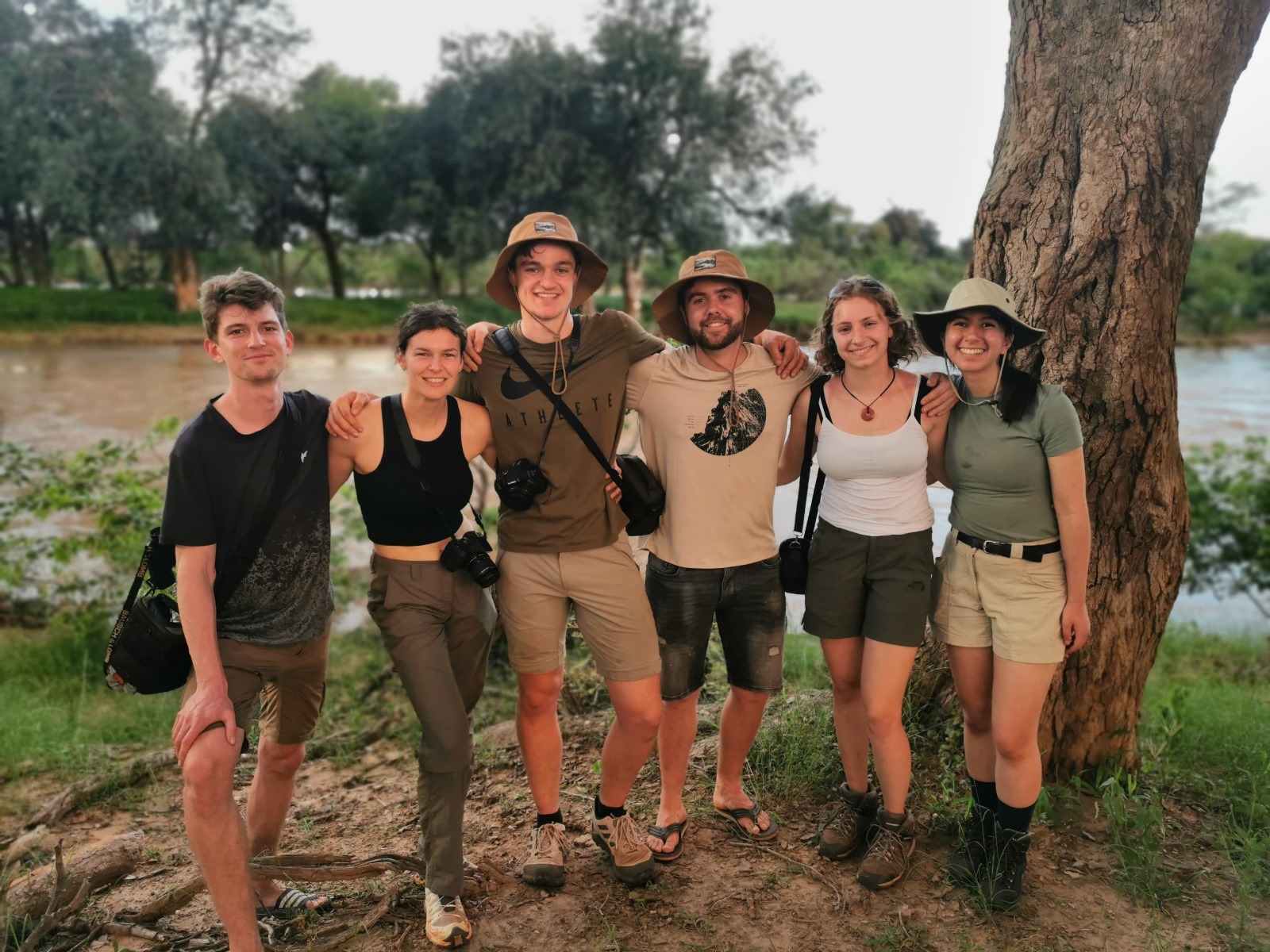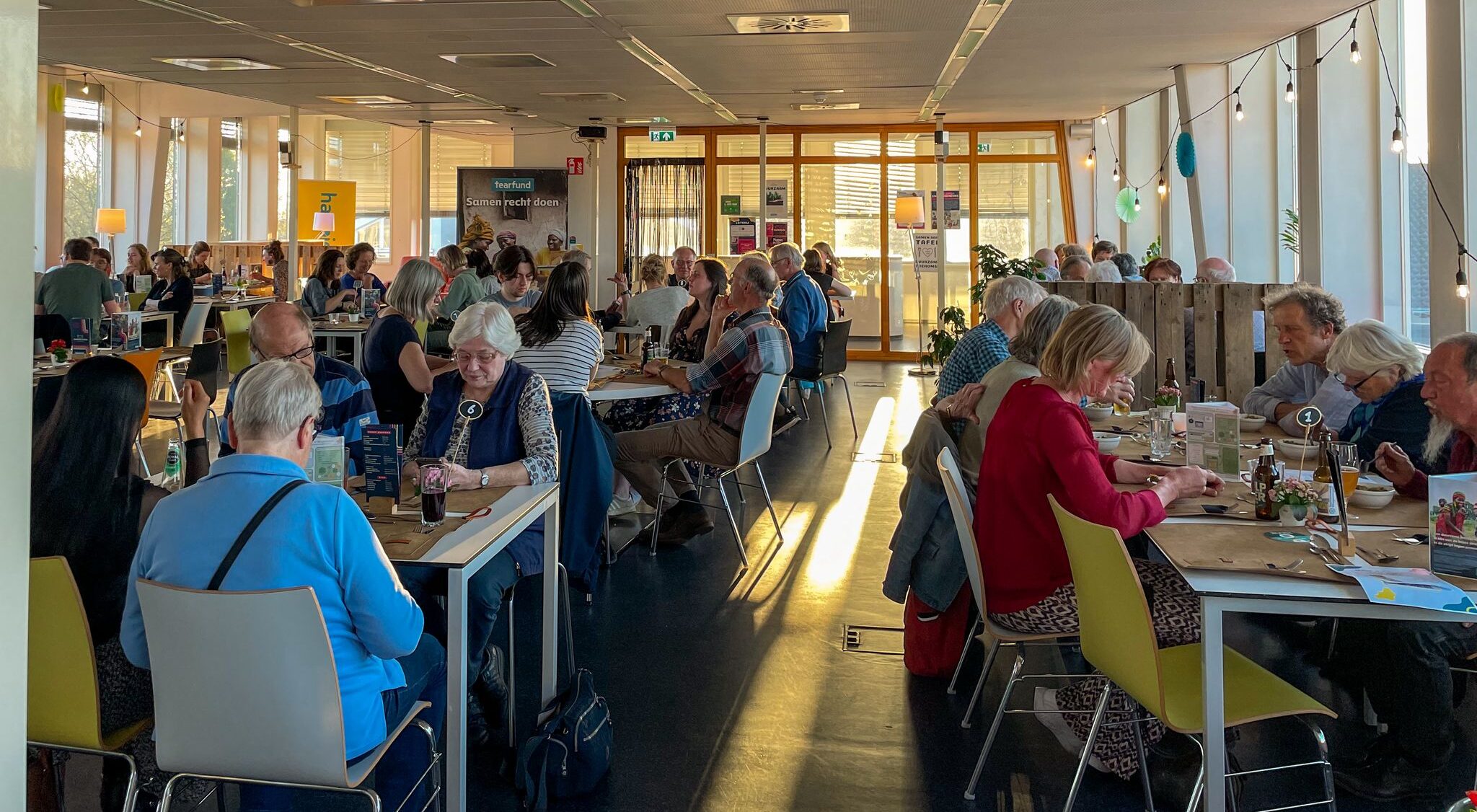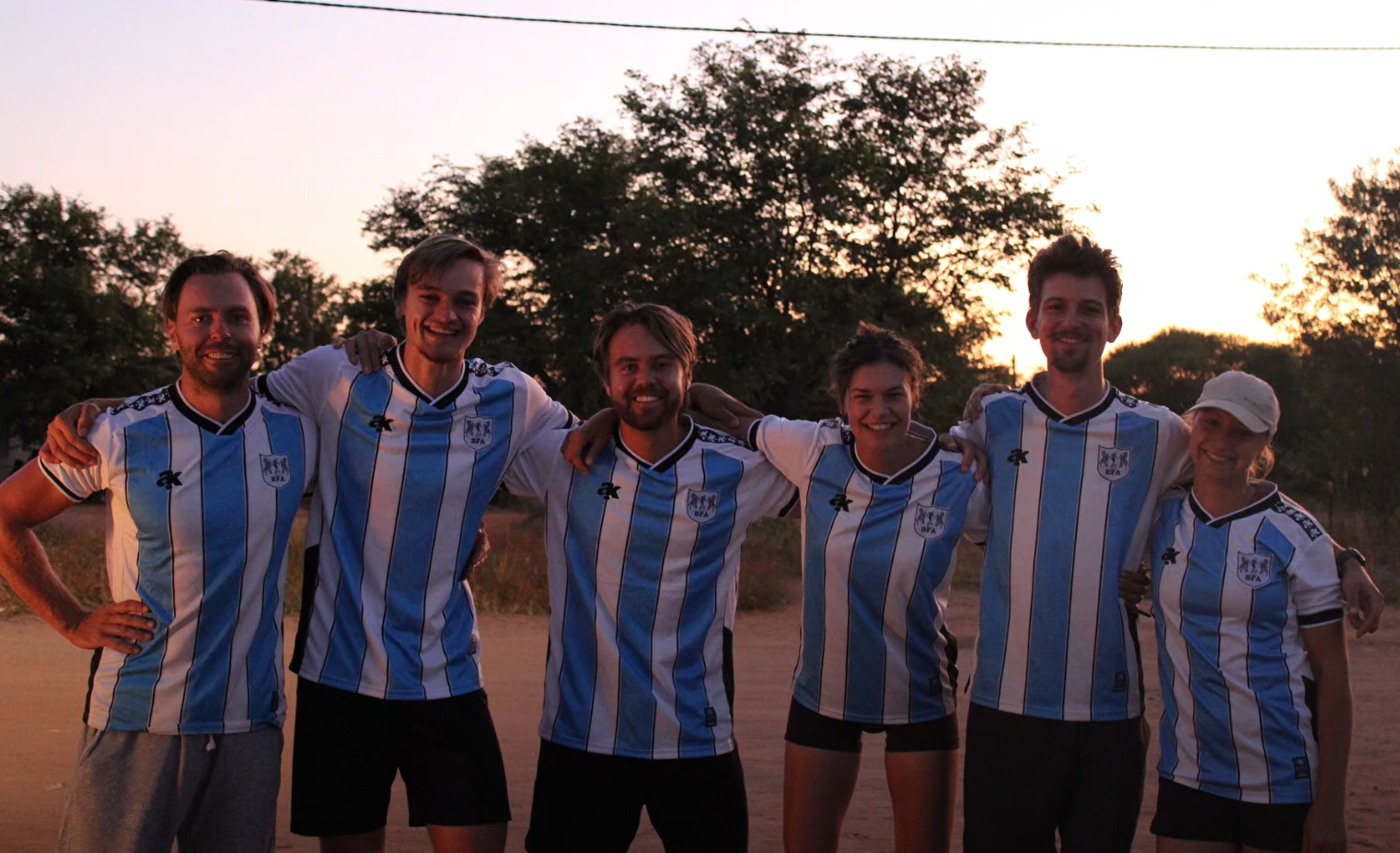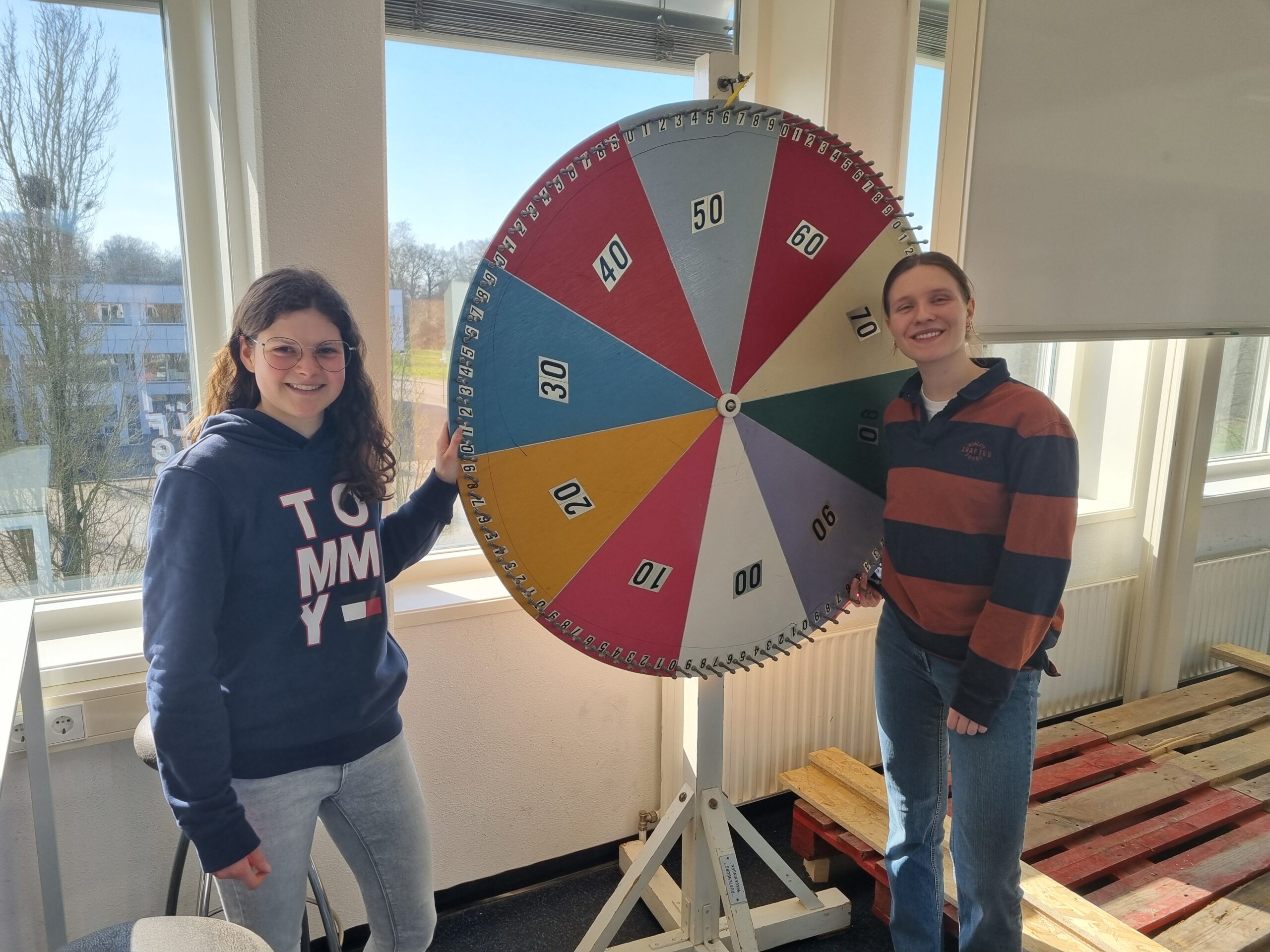Six master’s students and their supervisor intend to run a half-marathon through the bush in Botswana. They are currently conducting their thesis research in Botswana and want to repair a well that is of vital importance to the animals and the researchers themselves. They hope to raise sufficient funds with their run.
‘Tuli is a unique natural area in the southeast of Botswana’, says biology master’s student Ward In ‘t Veld. ‘It is a critical living environment for various species. Water, however, is scarce and the heat and drought can persist for months, forcing the animals in the sanctuary to migrate over increasing distances to find water, causing stress. Several elephants have already perished as a result of water stress.’ Manon van den Braak, who is also pursuing her master’s in biology: ‘When animals leave the sanctuary in search of water, the chance of conflicts between humans and animals increases. They will not survive.’
Hence, investments were made in a pump and artificial wells with drinking bowls that provide both the animals and the researchers with water. ‘For years, giraffes, zebras, baboons, elk, impala and other animals used the well’, Van de Braak states. ‘However, the wells are poorly constructed, so that the water is currently wasted. Effective repairs can increase the animals’ chances of survival in this area.’
Multifunctional

Moreover, Van den Braak explains that a proper water supply is in the interest of the researchers themselves. ‘We conduct our research from a camp within the sanctuary, which we visit a week at a time. The camp is located in the middle of nowhere, so we bring food and water. If the temperature rises to 35 degrees and there are eight of us there, the water will run out quickly. There is a well near the camp, but during our second visit, we saw that it no longer worked, which means we had to return, which was quite a waste.’
The students want to rebuild one of the wells so that the animals can use it again. ‘If we raise enough funds, we hope to also be able to replace the old solar panels that drive the pump, increasing its efficiency’, says In ‘t Veld. To save costs, the students aim to do most of the reconstruction work themselves.
Half-marathon of Mathathane
The students and their supervisor want to raise funds by running a half-marathon through the region. Van den Braak says the run will take place in approximately a month and a half. ‘We plan to start in Mathathane, a village where our supervisor, Sander Vissia, lives. The village is located some ten kilometres from the reserve. Upon entering Tuli, we may run into wildlife, so someone will accompany us by car for our safety.’
The original goal was to raise four thousand euros, Van der Braak says. ‘That would cover the cost of renovating the first well and extra solar panels for the pump.’ Well over 3700 euros have already been pledged. ‘But donations are still welcome. If we raise more, we can also invest in a better pump for another well in Tuli.’
Heads and latrines
Van den Braak studies hyenas’ prey for her thesis. ‘Hyenas are very social animals. Hyenas relieve themselves in dedicated spots called latrines. When they are there, hyenas gather all manner of information from the scent. For example, whether a female is in heat or about the proximity of other hyenas. I study whether the hyenas’ prey animals purposely avoid the latrines or visit them to gather information on the predators.’
In ’t Veld studies “heads”. ‘Heads are small mounds that are caused by vulcanism. Not much research into these heads in an otherwise flat landscape has been done, but it would seem that these spots are rich in diversity. There are also many small predators, such as the civet, leopard, genet and the African wildcat. My thesis focuses on how these small predators, who are not at the top of the food chain, use these spots. What do the heads have to offer them?’

 The WUR students in Botswana. Manon van den Braak is second from the left, and Ward In ‘t Veld is third from the left.
The WUR students in Botswana. Manon van den Braak is second from the left, and Ward In ‘t Veld is third from the left. 

